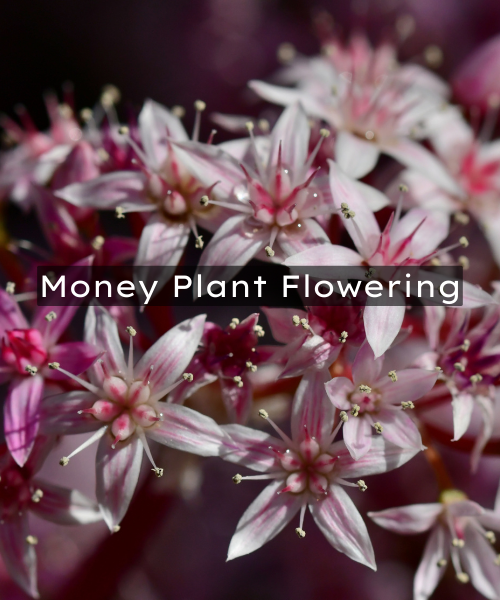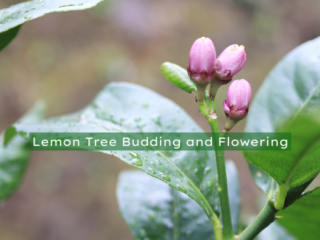For those familiar with the money plant (Epipremnum aureum), you know this trailing vine with its iconic heart-shaped leaves to be an incredibly easy-to-grow and prolific houseplant.
Native to the tropical forests of the Solomon Islands, the money plant has become a beloved addition to homes across the globe due to its ability to thrive in a wide range of conditions.
However, one aspect of this plant that has puzzled and intrigued indoor gardeners for years is its rarity of flowering indoors.
While the money plant does produce flowers in its natural habitat, getting it to bloom when grown as a houseplant is an exceptional occurrence that many enthusiasts strive for.
The Money Plant Flowering Phenomenon
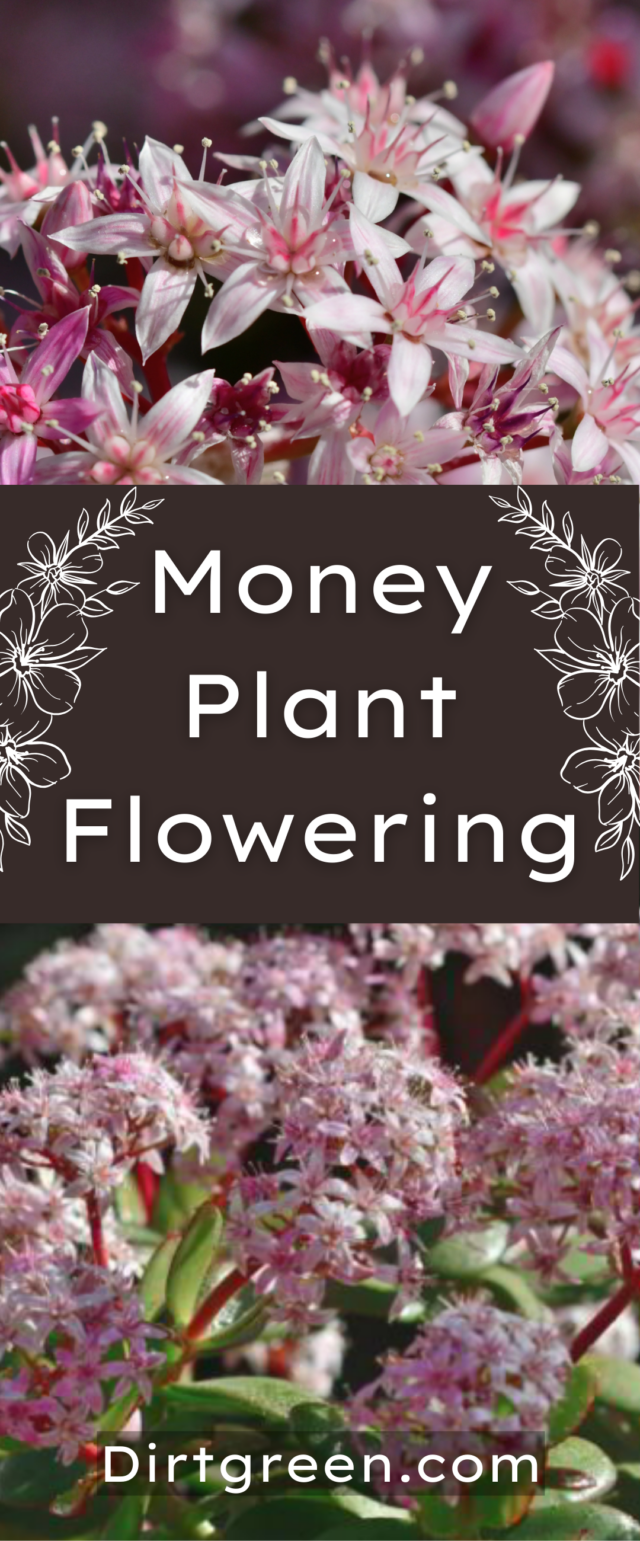
Money Plant Flowering
In their native environment of the tropical rainforests, money plants flower regularly as a part of their natural growth cycle. But when cultivated indoors, numerous environmental factors come into play that can inhibit their blooming process.
When a money plant does manage to produce its elusive blooms, it’s a cause for celebration amongst hobbyists. The flowers themselves are rather unassuming, small, cream-colored spaths emerging from a green or yellow spathe (a type of bract). Yet it is the incredible rarity of this event that adds to its mystique and draws such excitement.
What Triggers Money Plant Flowering?
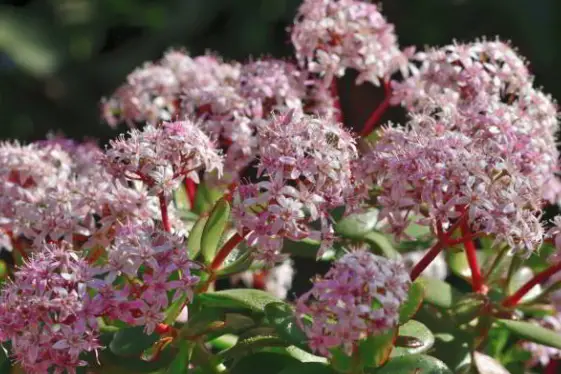
Money Plant Flowering
So what conditions need to be met for this indoor plant to summon enough energy to enter its flowering stage? While there is no definitive formula, researchers have identified several potential key factors:
Age and Maturity
Like many plants, the money plant needs to reach a certain level of maturity before it is capable of flowering. Most experts suggest a typical minimum age of 2–3 years for the plant to have stored adequate energy reserves.
Temperature Fluctuations
Changes in temperature, particularly cooler nighttime temperatures, can sometimes trigger flowering in money plants. This mimics the cyclical patterns in the tropics, where nighttime temperatures drop.
Light Exposure
While the money plant can handle lower light conditions for vegetative growth, it requires brighter, direct light to stimulate blooming, replicating the sunshine it receives filtered through the rainforest canopy.
Water and Humidity
The plant needs consistent moisture, but allowing the soil to dry out partially between waterings may encourage flowering. High humidity (60%+) also more closely recreates its tropical homeland.
Potting Mixture
Using a chunky, well-draining potting mix has been linked to increased flowering. The roots need plenty of airflow.
Root Binding
When the plant becomes rootbound in its container, it essentially gets stressed into flowering as a last attempt at reproduction before deteriorating.
Unfortunately, even when all the right conditions are seemingly met, the money plant is still reluctant to bloom for indoor gardeners. That’s what makes the flowers all the more incredible to witness when they do make their rare appearance.
Tips to Encourage Blooming
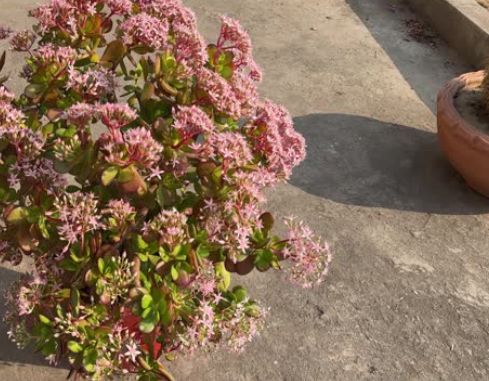
While there is not a guaranteed formula, the following tips can increase your chances of getting your money plant to put forth those coveted blooms:
1. Let it Mature
First and foremost, you need to allow your plant ample time (2–3 years) to reach a mature enough age and size where it can store the energy required for flowering.
2. Provide Bright, Direct Light
Move your plant to an east or west-facing window where it will receive 4-6 hours of direct sun exposure each day. The brighter light aids in photosynthesis and the production of flowering hormones.
3. Allow Temperature Fluctuations
If possible, situate your plant somewhere it experiences temperature changes between day and night; cooler nights seem to be a catalyst. A drop of 10-15°F is ideal.
4. Use a Well-Draining Soil
A porous potting mix with ingredients like orchid bark, perlite, or charcoal allows excess moisture to drain while still providing the humid conditions the plant craves.
5. Go Easy on Fertilizer
Too many nutrients, especially nitrogen, can promote leafy growth over flowers. Use a balanced or low-nitrogen fertilizer sparingly.
6. Set it and Forget it
Once you’ve provided the right care conditions, avoid frequently moving or disturbing the money plant, as this can cause its flowering processes to stall.
7. Root Prune or Go Rootbound
As a last resort, try going rootbound by holding off repotting for a few years. Or root prune by carefully trimming 1/3 of the roots to initiate mild stress.
8. Propagate from Cuttings
If all else fails, propagate any flowering vines to start new plants; the offspring may be more inclined to bloom.
Even with focused efforts, the money plant may still stubbornly refuse to produce flowers year after year. Growers need patience and must be content admiring its lovely trailing vines and iconic foliage in the meantime.
A Plant of Mystique
Part of what makes the money plant’s blooms so desirable is the shroud of mystery surrounding its flowering mechanisms. While we understand the basic prerequisites, so much is still unknown about what finally triggers this plant to direct its energy toward flowering instead of just vegetative growth.
In its native environment, the money plant flowers as a means of reproduction during its natural growth cycle each year. But as a houseplant, far removed from the tropics and its rainforest habitat, it lingers in a juvenile, vegetative state, seemingly indefinitely.
This has led to numerous theories and folklore around what finally flips the switch, so to speak. Some believe it comes down to the intrinsic age or genetics of a particular plant. Others think it’s induced by stressors or environmental cues that mimic changes in the rainforest’s seasonal patterns.
Indigenous cultures with longstanding cultivation practices may know secrets that modern botanists have yet to uncover. Stories are told of monetary offerings made to money plants or rituals performed during certain lunar phases, precipitation patterns, or celestial events. A sense of spirituality and deep reverence surround the elusive blooming of this humble yet iconic plant.
In the modern houseplant hobby, this veil of mystique only amplifies the fervor around witnessing a money plant’s flowers. Enthusiasts engage in long-standing discussions and friendly competitions, swapping tips and tales of their failed or successful attempts at achieving this elusive goal.
Anecdotes are shared about a 10-year-old money plant that bloomed seemingly out of nowhere. Photos and videos of tiny blooms circulate through social media as proud owners document these fleeting occurrences. In-person meetings put them on display like treasured artifacts before the flowers inevitably wilt within a few short days.
For the dedicated gardener, that rarity is worth the challenge. Coaxing an indoor money plant to bloom becomes a mix of science and chance, determination and luck. When those efforts bear fruit in the form of little green and cream spaths, it’s taken as a badge of honor—proof of one’s skill in providing the proper care or bowing to the mystical whims of the plant itself.
Whether truth or lore, discussions comparing variables like soil mix, light patterns, or pruning rituals used in the lead-up to blooming take on an air of ancient plant wisdom being passed down. We may intellectually understand the physiological factors at play, but there’s an undeniable delight in embracing the esoteric nature surrounding this finicky flowering specimen.
Nature’s Reminder of the Extraordinary
At the end of the day, what’s most special about a money plant in bloom is how it catches our attention amidst the mundane. This ubiquitous, easy-to-grow houseplant that blends into the background of our daily lives is suddenly doing something awfully unique and remarkable before our eyes.
Those tiny, modest blooms act as subtle reminders that we’re witnessing an extraordinarily rare event, despite it emerging from such an ordinary plant. It wakes us up to the magic of nature’s processes unfolding, prompting us to appreciate the wonder and cycle of life in a fresh, new way.
In this era of mass production and commoditization, the money plant blooming becomes a whimsical celebration of the one-of-a-kind, a delightful reminder that the natural world still holds surprises, no matter how predictable or tamed it may outwardly seem.
So for those disheartened after years of unsuccessful efforts, don’t lose hope. With care, patience, and perhaps a dash of reverence, that elusive floral display may grace your money plant yet. All the more reason to treasure it when those creamy blooms do emerge, an ephemeral marvel reminding us to slow down, admire nature’s marvels, and find magic in the poetry of an ordinary houseplant’s extraordinary flowering.

